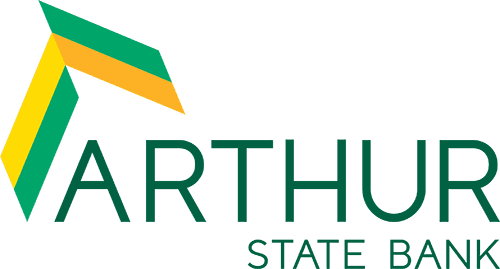For most parents, paying for a child’s college education is the second-largest investment they’ll make during their lifetime, ranking just behind buying a home. Just how much do today’s parents need to save to send their kids to college? According to the most recently published data from The College Board, the average cost for tuition and fees during the 2023-24 school year stands at $11,260 for in-state, public, four-year colleges in the U.S., with the price tag for out-of-state colleges rising to $29,150.
Of course, the cost of tuition and fees tends to be substantially higher at private colleges, and all of these prices tend to go up year over year. Further, for most students, additional expenses such as room, board and books must be added to the amounts mentioned here when calculating the total cost of college.
The importance of getting an early start
While the expenses of higher education can seem daunting, with some advance planning and financial discipline, most parents can build a substantial college fund that will minimize (or even eliminate) their child’s need to take out and later repay student loans. The biggest key, of course, is to start saving as early as possible. Not only will this allow you to build up a sizable balance of education-devoted funds over time, but it can also enable you to take advantage of balance-boosting assets like interest, dividends and capital gains. All of these can greatly increase your child’s college savings, especially over longer periods of time.
Build a bigger balance with these 4 college-savings tips
Looking to maximize the money you put into your child’s college savings? Consider these four tips on ways to pay for college that can help you boost your college-savings balance:
- Leverage leading college-savings vehicles — Numerous types of financial accounts/vehicles for building college savings are designed to help you build up a bigger college fund over time, and many offer significant tax advantages. Some of the leading options in this area include 529 college savings plans, Coverdell Education Savings Accounts (ESAs), Roth IRAs, custodial accounts and savings bonds. For a rundown on the basics of each of these options, check out our blog article “Ready to start saving for college? Here’s a rundown on the basics.”
- Start saving early — It’s already noted above, but it’s worth mentioning again. Starting your savings plan as early as possible is key, as small contributions can lead to big balances over time, and long periods of saving give your investments/savings time to grow. For example, consider the power of compound interest over time, and experiment with this compound interest calculator to see how much even small (but consistent) contributions can add up over time — especially with the help of compound interest
- Contribute consistently — Even if the amounts you can put away seem small, it’s important to make a regular habit of setting money aside for college savings. Over time, even small amounts of money can add up to significant savings, especially with time and interest (or other types of investment growth) added in. For instance, by starting with just a $100 initial deposit and adding $50 each month from the time your child is born through age 18, you can build a college-savings balance of $10,900. Add in a 5% interest rate compounded annually, and this total reaches over $17,000. That may not be enough to pay for college, but it can definitely help ease the financial burden.
- Make saving automatic — If you have both a checking account and a savings account established, consider linking them and using your bank’s digital banking services or mobile app to set up automatic cash transfers to savings each month. This can be a great way to build the funds you have available for college savings while avoiding the temptation to spend it.
For more tips on easing the burden of college expenses, check out our blog article “Ease the burden of saving for/paying for college with these 6 tips.”
Cut your costs with these 3 financial aid tips
With February being National Financial Aid Awareness Month, it’s also as good a time as any to start looking into the possibilities of lowering your college expenses via financial aid — especially if your child is nearing college age. Consider these three financial aid tips that can help you cut the out-of-pocket costs of paying for college:
- Fill out a FAFSA form — By filling out a Free Application for Federal Student Aid (FAFSA) form, students can find out if they may be eligible for a long list of federal, state and school-specific financial aid programs, including grants, scholarships, work-study finds and student loans. Students can fill out the form no matter what their family’s income may be, and the process typically only takes about an hour.
- Apply for scholarships — A long list of schools, employers, individuals, companies, groups and organizations offer scholarships that provide funds for education — and scholarships are essentially free money that doesn’t have to be repaid. Thousands of different scholarships exist, and they are awarded based on merit, financial need and other specific qualifying criteria. Make sure your student takes the time to research and apply for any scholarships that may be available to him or her, as these can deliver substantial help covering college or career-school expenses.
- Look into grants — Grants are another form of financial aid that, in most cases, provide funds for college or career school and do not require repayment. These can be provided by the U.S. government, state governments, schools, and private or nonprofit organizations. To procure any grants that may be available, ensure your student researches any grants he or she may qualify for and applies for them.
Proudly serving South Carolina since 1933, Arthur State Bank offers accounts and services to meet a variety of financial needs. To help you achieve all your financial goals, the bank offers in-person service as well as a range of convenient digital solutions. To learn how Arthur State Bank can help you with banking needs ranging from checking and savings to retirement accounts, mortgages, other personal loans and more, visit arthurstatebank.com.






















